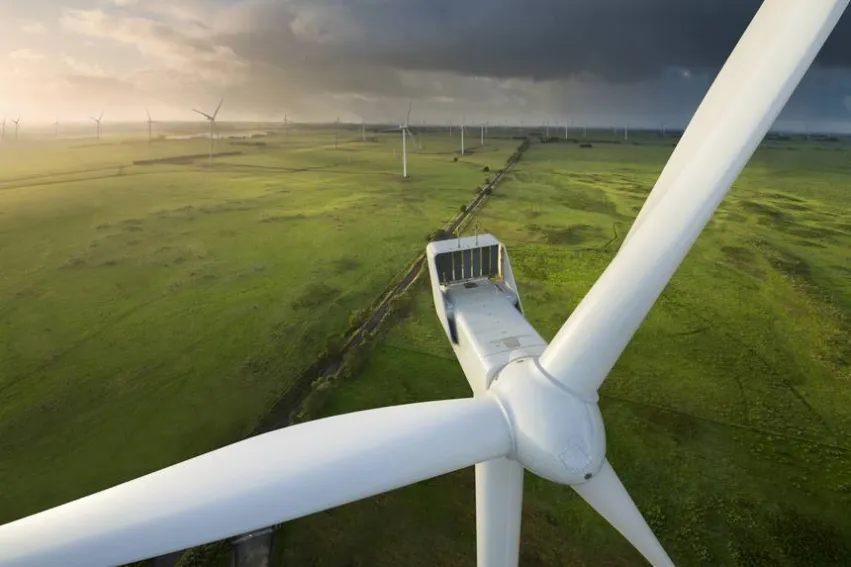
New renewables investment in Australia doubled to record $14.38b in 2018
Queensland, Victoria, and New South Wales took the lead in investment and capacity additions.
New renewable and energy storage projects worth a total of $14.38b (A$20b) are now being implemented across Australia, the Clean Energy Council (CEC) revealed.
CEC data showed that 14.6GW of new renewables projects are under construction. "Making conservative adjustments for average capacity factor of wind and solar production, this is equivalent to more than four times the energy output of the Liddell Power Station," the council said.
Data showed that about 9,028MW of solar projects worth A$11.44b and 6,561MW of wind projects worth A$9.53b are due to start soon. This is on top of 34 projects worth A$4.3b that have already been completed in 2018.
More than 2 million homes now have solar panels, and over 80 wind and solar farms are now under construction or about to start, marking 2018 as a record year for the industry, CEC chief executive Kane Thorton said. "The wind and solar projects completed in 2018 add up to A$6b, taking the total of projects completed or underway this year to more than A$26b."
Queensland, Victoria, and New South Wales benefited the most from the A$20b investment.
Also read: Largest Australian states lag world leaders in renewables race
Queensland received A$6.9b of investment and added 5,640MW of new capacity, whilst Victoria received A$5.2b and added 3,400MW. New South Wales had A$4.3b of investment and 3,500MW of capacity additions for the year.
Meanwhile, South Australia received A$2.85b of investment and added 1,821MW. Tasmania and Western Australia lagged other states with A$580m and A$150m of investment and 262MW and 70MW capacity additions respectively.
“The skills and experience our industry has developed this decade allow new projects to be built more efficiently than ever before, helping to push down projects costs and power prices. Along with the incentives provided by the Renewable Energy Target (RET) and state policies, wind, solar and storage have created an extraordinary opportunity for thousands of people in regional parts of the country," Thorton added.
However, the council warned that an unresolved energy policy debate could curb the "billion-dollar economic boom" in regional Australia. "Whilst new investment no longer requires subsidy, it does require long-term energy policy certainty. As the year closes, we are no closer to national, bipartisan energy and climate policy. If anything we are further away than when we started," Thorton said.
Also read: Renewables investment in Australia interrupted by shaky energy policy
Moody's Investors Service has pointed out that there is significant divergence evident across states in renewable electricity targets and associated investment incentives. Moreover, as policy changes could affect energy prices, consumers have shown reluctance in entering into the long-term, fixed-price power purchase agreements (PPAs) typically used to fund new projects.
Similarly, the credit profiles of most standalone renewable projects are constrained by their small scale, single-asset nature, and exposure to price and volume risk, Moody’s added. The length of any PPAs entered into has a direct bearing on credit risk for such projects, given the potential for cash flow volatility on expiry of the agreement.

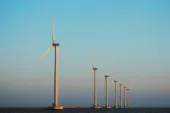

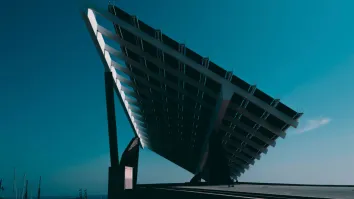
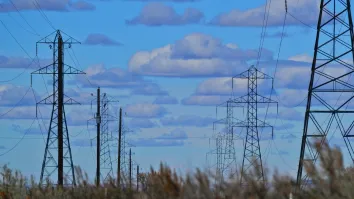
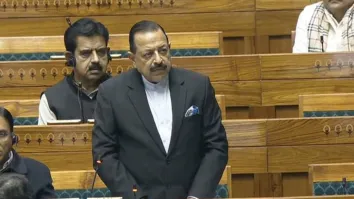













 Advertise
Advertise






